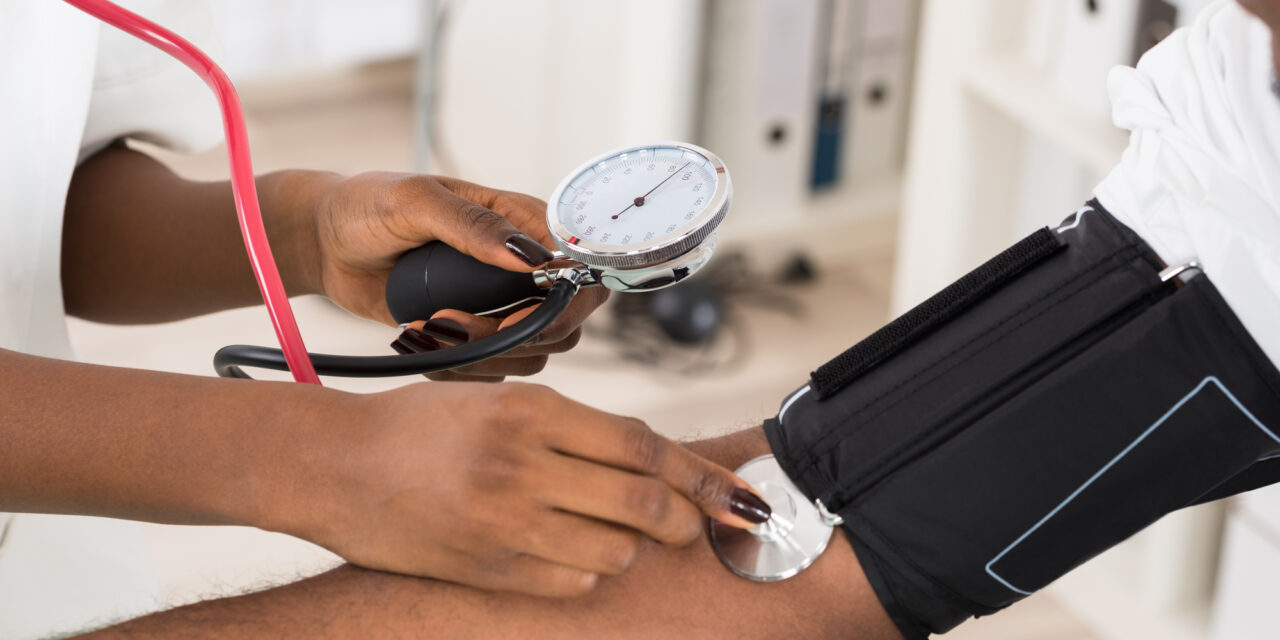Chronic kidney disease is more common than people realize. World Kidney Day organizers say roughly one in 10 people worldwide of all ages have CKD. CKD has a significant impact on public health, as well as a financial strain on countries across the globe. Annual costs to treat CKD in the U.S. are estimated to be around $48 billion. While most instances of CKD are not preventable, the following 3 steps can help reduce your risk for CKD.
1. Recognize your risk. The National Institute of Diabetes and Digestive and Kidney Diseases (NIDDKD) says individuals are more likely to develop CKD if they have diabetes, high blood pressure, heart disease, and/or a family history of kidney failure. Annual physical examinations can indicate if blood pressure levels are high and help determine if a person is prediabetic. Without intervention, prediabetes places people at greater risk for type 2 diabetes within 10 years. It is also important to determine if individuals with CKD are in your family medical history.
2. Speak to your physician about kidney testing. The NIDDK reports that early kidney disease may not produce any symptoms. As a result, testing may be the most effective way to determine if your kidneys are healthy. Speak to your health provider about testing, which typically involves blood and/or urine tests.
3. Eat a healthy diet. The NIDDK recommends that less than 10 percent of an individual’s daily calories come from added sugars. In addition, reducing sodium consumption and focusing on heart-healthy foods, such as fresh fruits, vegetables, whole grains, and low-fat dairy products, help to maintain a healthy weight and blood pressure, thereby reducing the risk for CKD.












